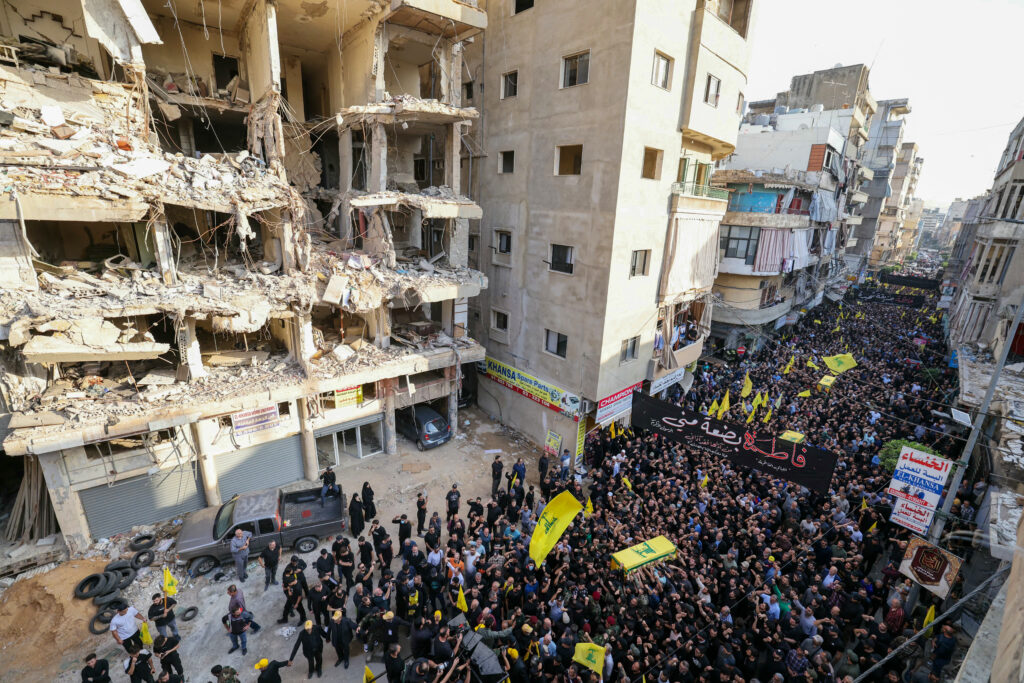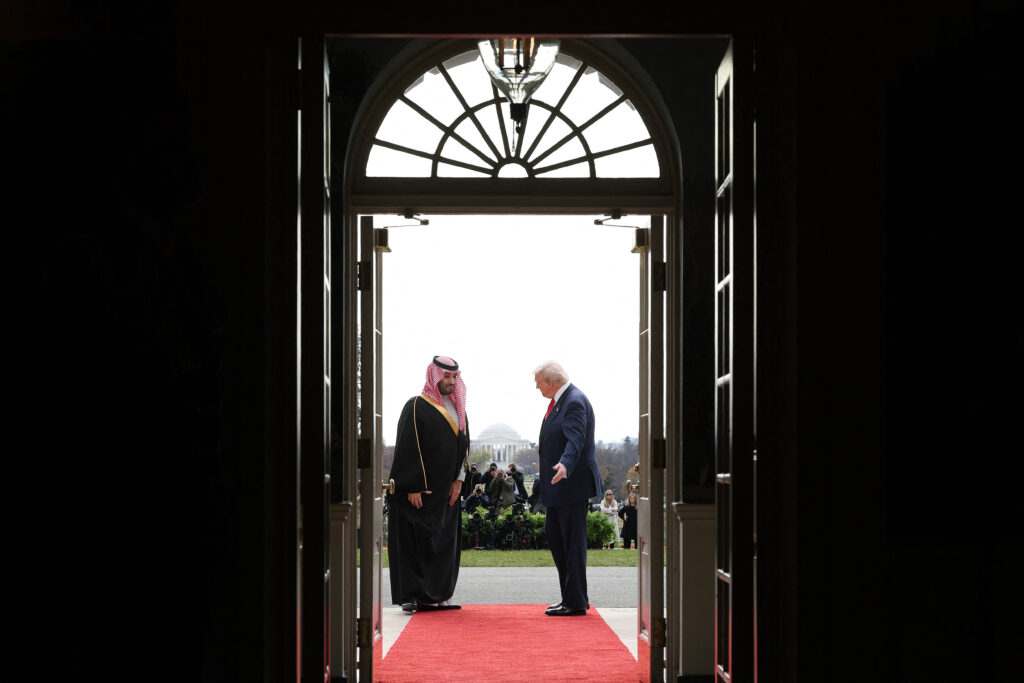Iran: More than Meets the Eye
- -
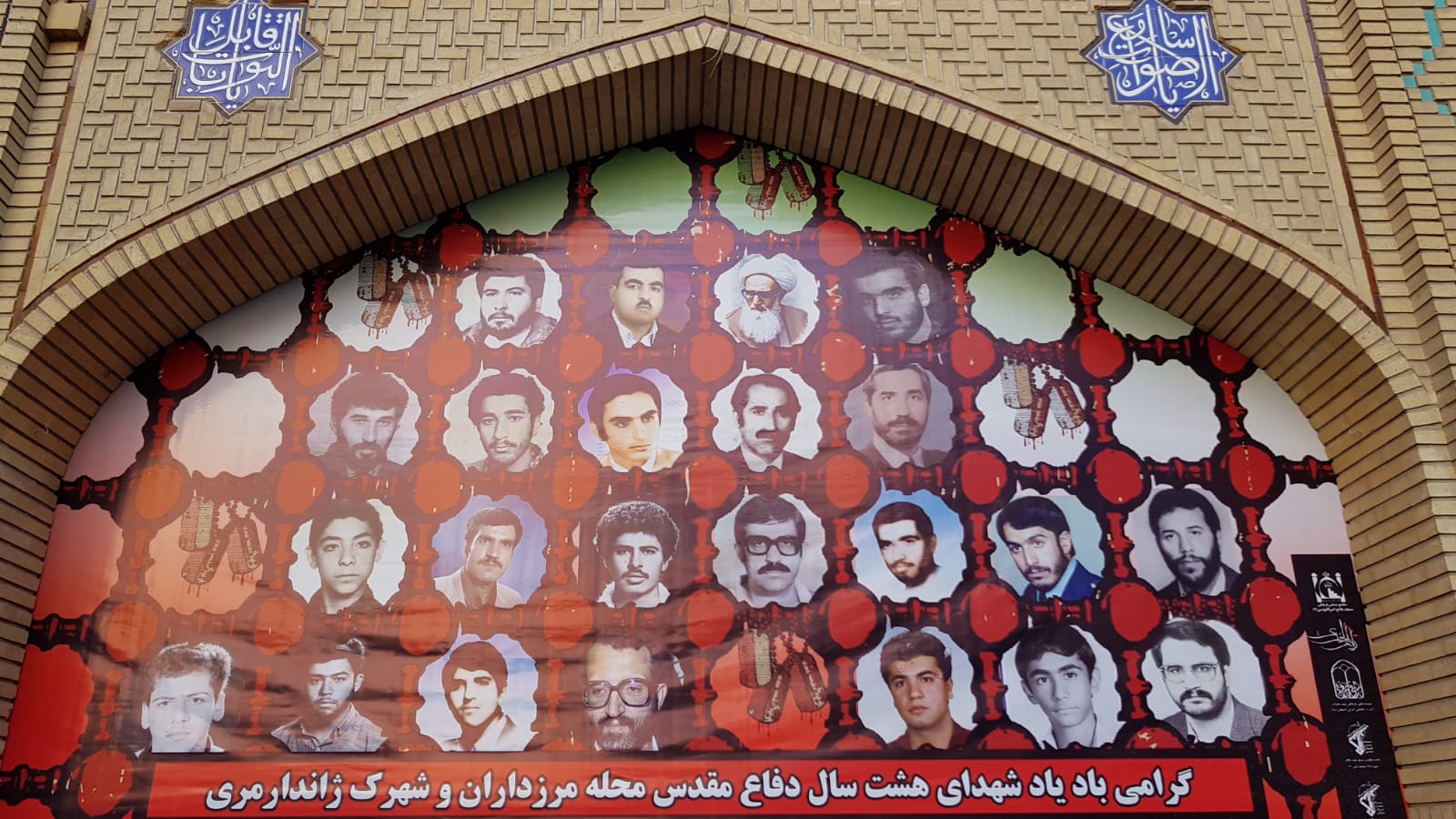
Are there a lot of bombings there? Is it safe? These are just some of the questions I’ve been asked by friends when I tell them I’m going to Iran. It’s understandable why these questions linger in many people’s minds – Iran has long been portrayed as, at best, anti-West, and at worst, as a bellicose theocracy. But let me provide an alternative perspective of Iran.
I am half-Iranian, on my mother’s side. Among the things the country is known for are its hospitable people, its tea, its religious architecture, its bazaars, and – for a football fan like me, a particular favourite – beating the United States 2-1 in a World Cup match 20 years ago. Now, this isn’t an apologist’s piece about how Iran is victimised and should be put on a pedestal instead. But there is more to a country than meets the eye. Sure, the Iranian government may have a hand in supporting the Houthi faction in Yemen’s civil (proxy) war, but this has little to do with ordinary Iranians.
As I step out of Imam Khomeini Airport and onto the streets, what becomes apparent is the huge difference between what Iran actually is and how it is portrayed as a country that threatens the international order because of its nuclear capabilities. I have been to the country 10 times now, and coming here always feels like one is entering another world, a world where ancient Persian and Western branded goods exist side by side. A world where traffic congestion is forgiveable because it allows drivers to take in spectacular mountain vistas. For pedestrians, traffic congestion is welcome, too – having vehicles at a standstill means one need not risk life and limb to cross the road.
Then there is the food. A traditional breakfast comprises noon sangak (an Iranian type of bread) with mint leaves, cheese, butter and honey. The bread with mint leaves is similarly served up for lunch and dinner, though in addition to that meat dishes, eggplant, spinach, and other vegetables are on the menu. But dieters beware: Sugar is ever-present. Sweetened tea, desserts such as shirini nargili (coconut biscuits) and other confections make dieting a mammoth task, and the spectre of diabetes is never far away.
For the average Iranian, times are hard these days. A new round of sanctions imposed by the Trump administration has severely curtailed the purchasing power of citizens, and widespread discontent with the government’s handling of the economy is a tinderbox that can be lit at any time, though the authorities keep a tight lid on dissent and news of crackdowns – against lawyers, teachers, labour leaders, among others – is fairly commonplace.
A hardscrabble life it may be, but through it all, the generous and hospitable nature of Iranians is never far below the surface. Join me for a quick visual tour, and perhaps your next stop could be Tehran, too.
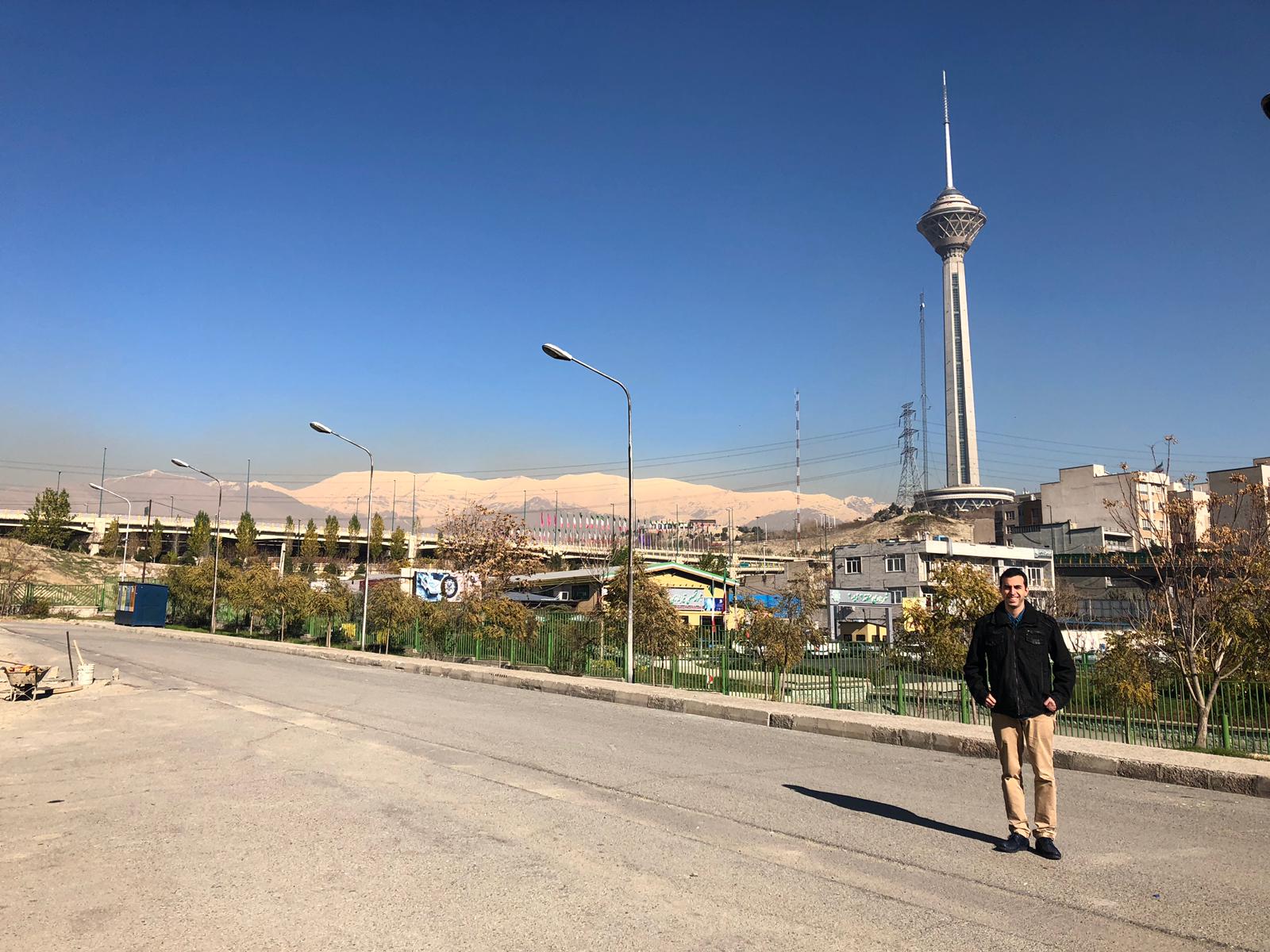
The writer with the Milad Tower in the background. The tower is the sixth tallest in the world and the tallest in Iran. It features a revolving restaurant, artistic porches, a sky dome and a museum dedicated to Iran’s celebrities. Other facilities include exhibition spaces, an international conference centre with five different halls, a dolphin park, and a seven-dimensional game cinema.
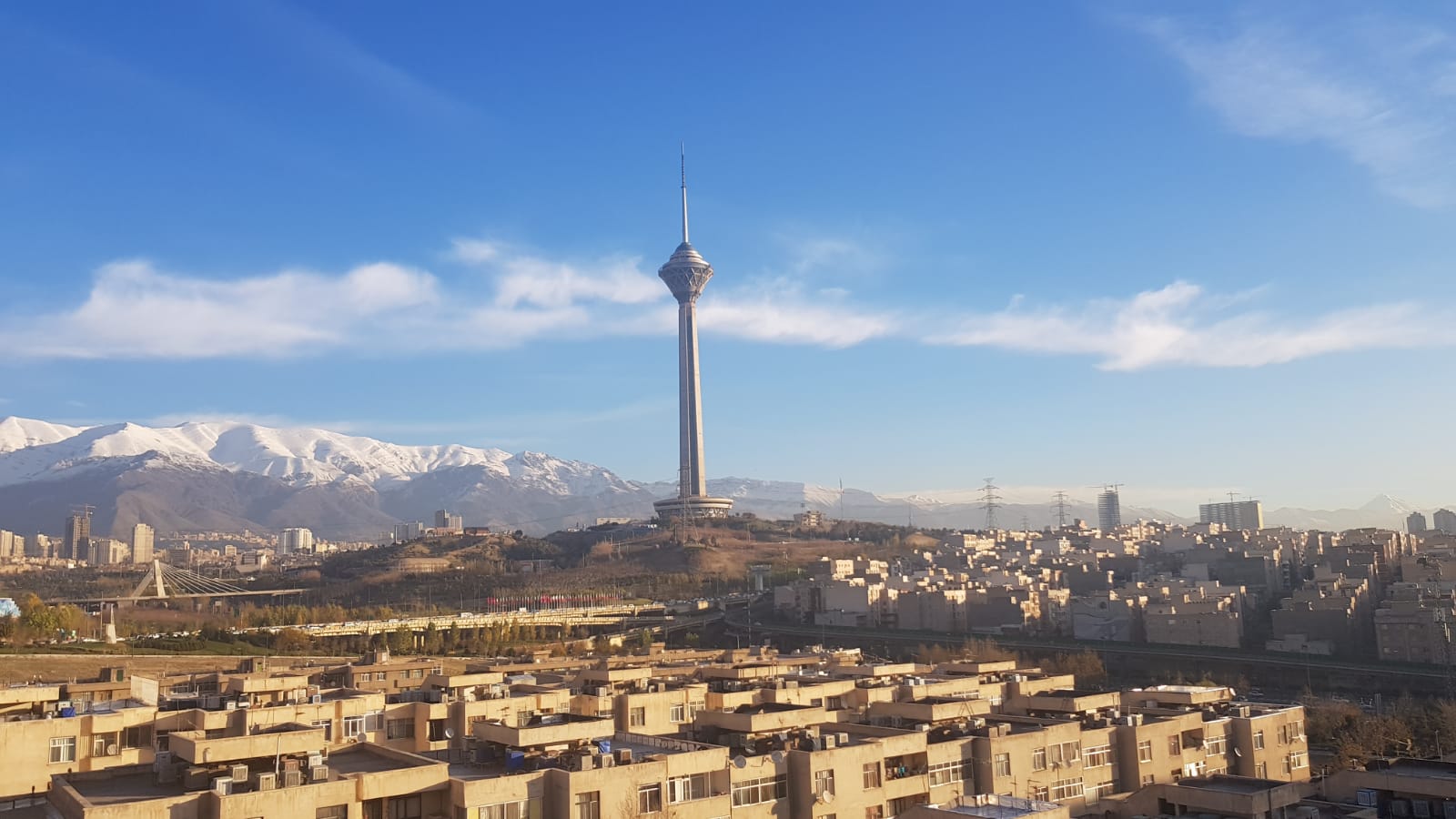
The Milad Tower can be seen from almost anywhere in Tehran. The snow-capped mountains in the background are a part of the Alborz mountain range, which stretches from Azerbaijan across the Caspian Sea to Northern Iran.
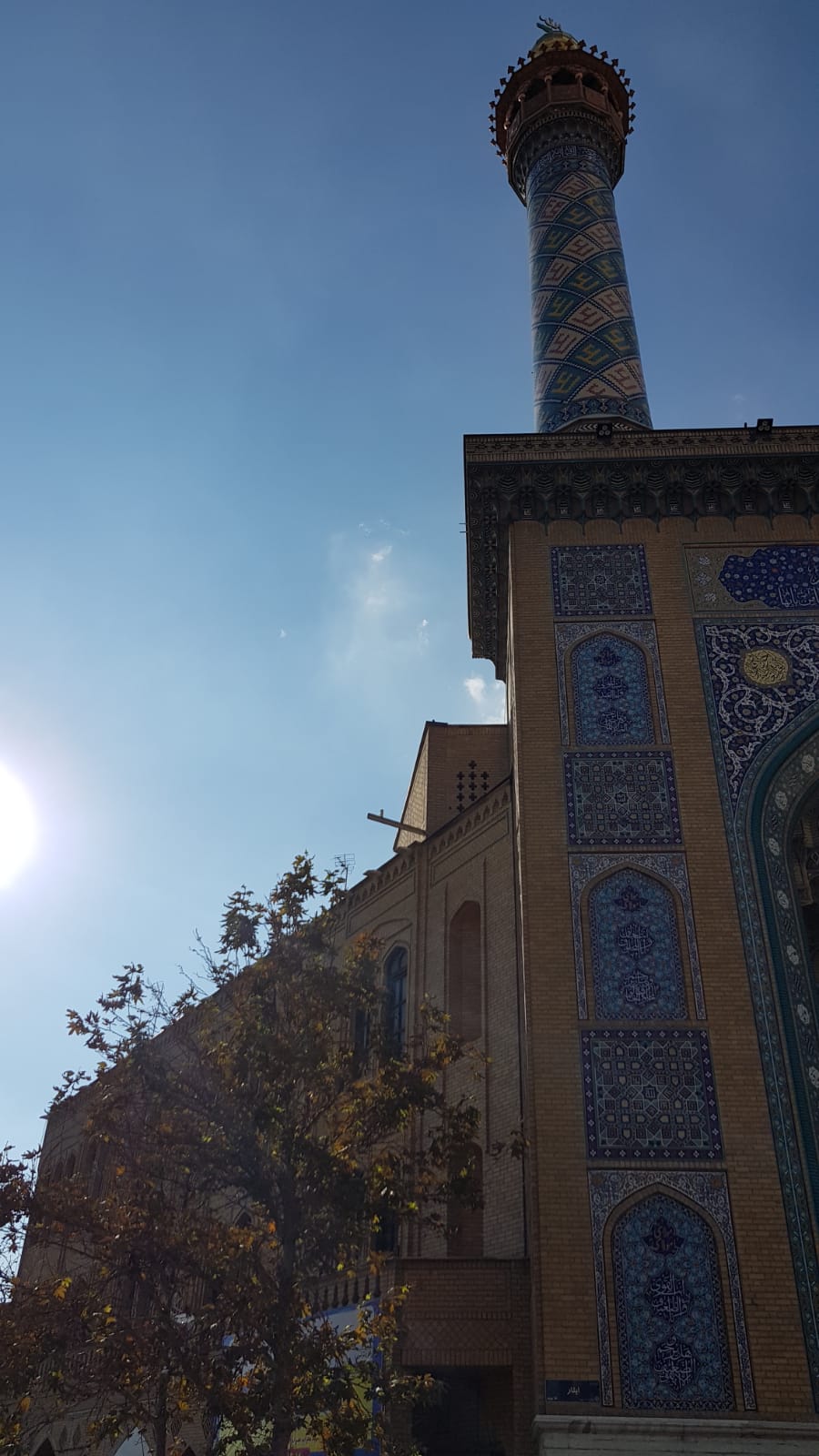
Intricate patterns adorn the exterior of many a mosque. This is the Amir Al-Mumineen Mosque. Amir Al-Mumineen, in both Farsi and Arabic, means ‘Leader of the Faithful’.
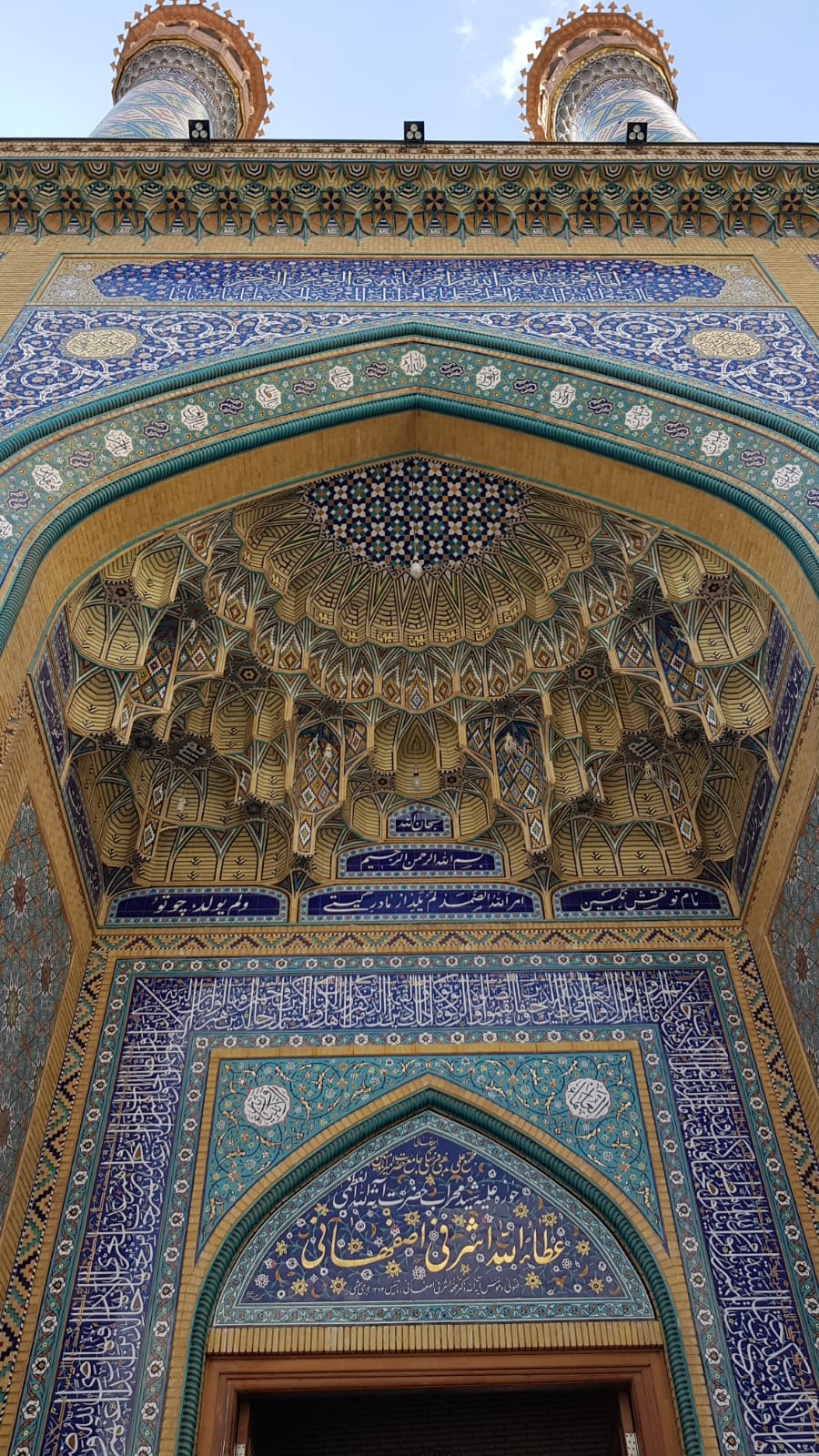
Intricate tile patterns are a feature of most mosques in Iran. The Amir Al-Mumineen is no exception. The tile patterns are typical of the Seljuk period, with the Seljuk Empire having ruled vast areas of Central Asia and the Persian Gulf.

Many mosques have “remembrance walls” such as this, which commemorate those who died in the eight-year war with Iraq. Martyrs, known as shaheed, from the war are held in high regard in the country, partly because martyrdom has always been a huge part of Iranian history, and even today is frequently invoked by Ayatollah Khamenei. Their faces may be seen even outside of mosques, on normal buildings, or on the streets.
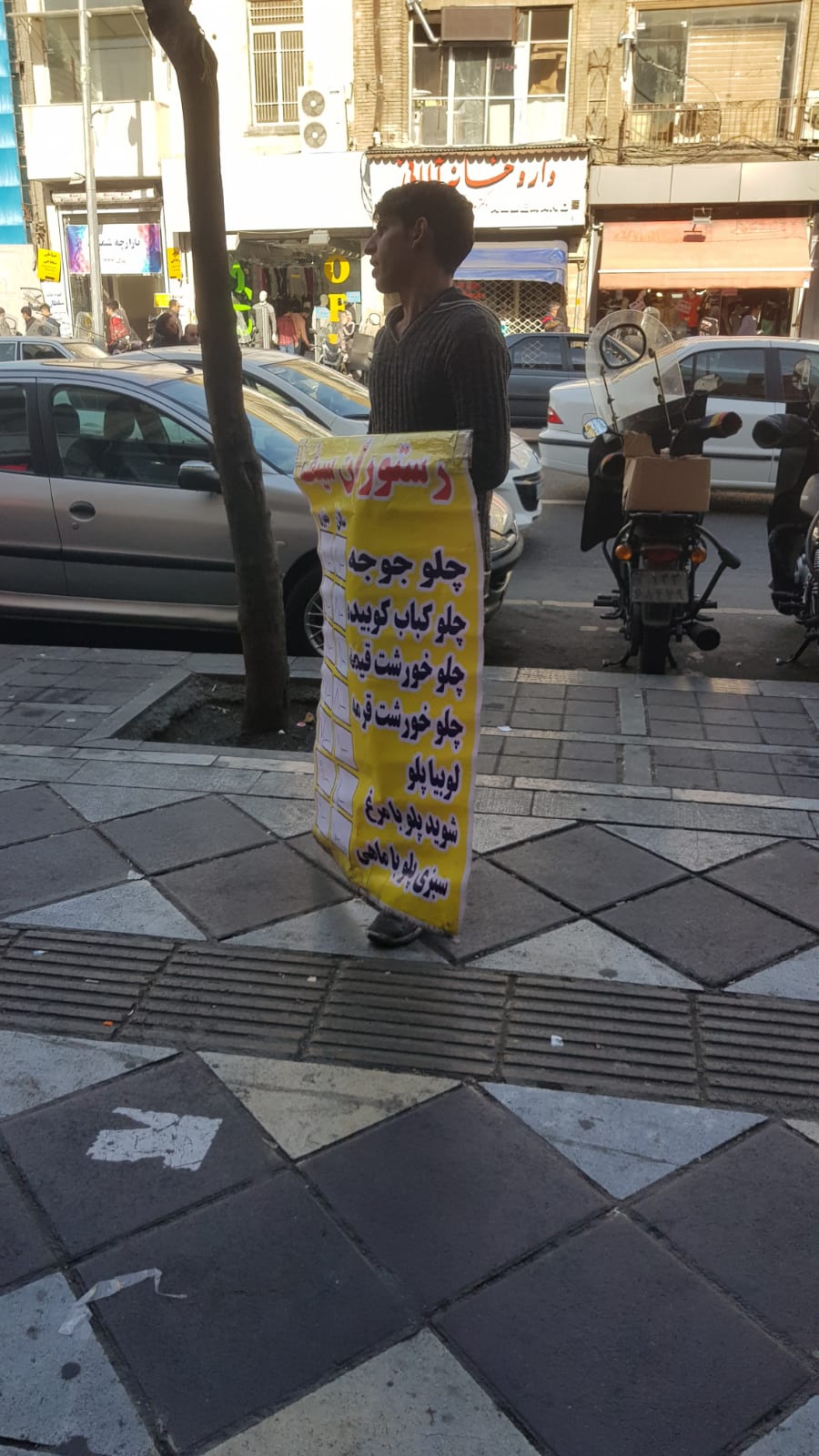
A man entices passers-by to patronise his restaurant.
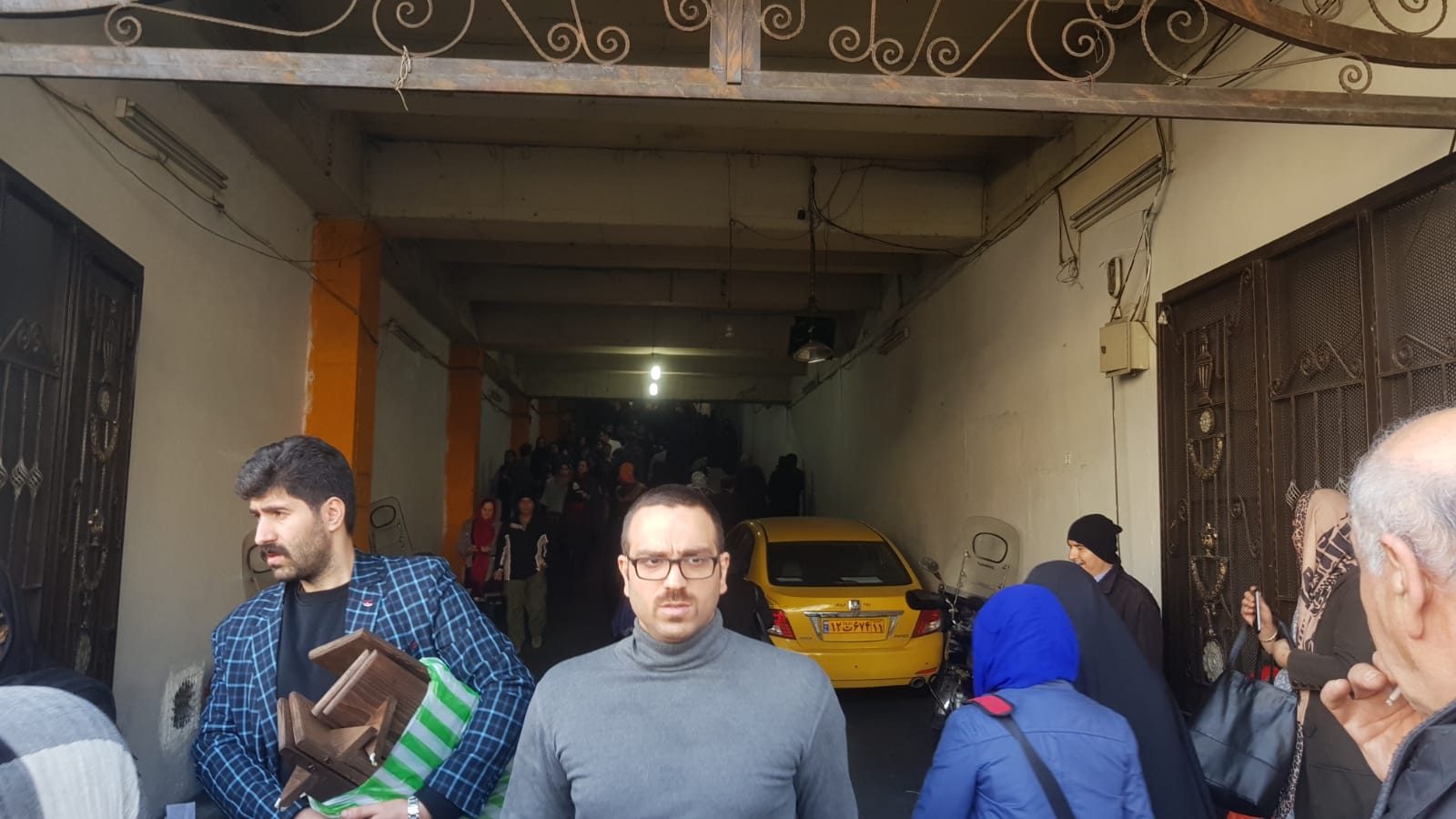
Entrance to Jomeh Bazaar, a makeshift bazaar located in a parking space that sells all kinds of antiques. Jomeh means “Friday” in Farsi, and the bazaar opens on that day because in Iran, and other Islamic countries, Friday constitutes the ‘weekend’.

A scene from Jomeh Bazaar.
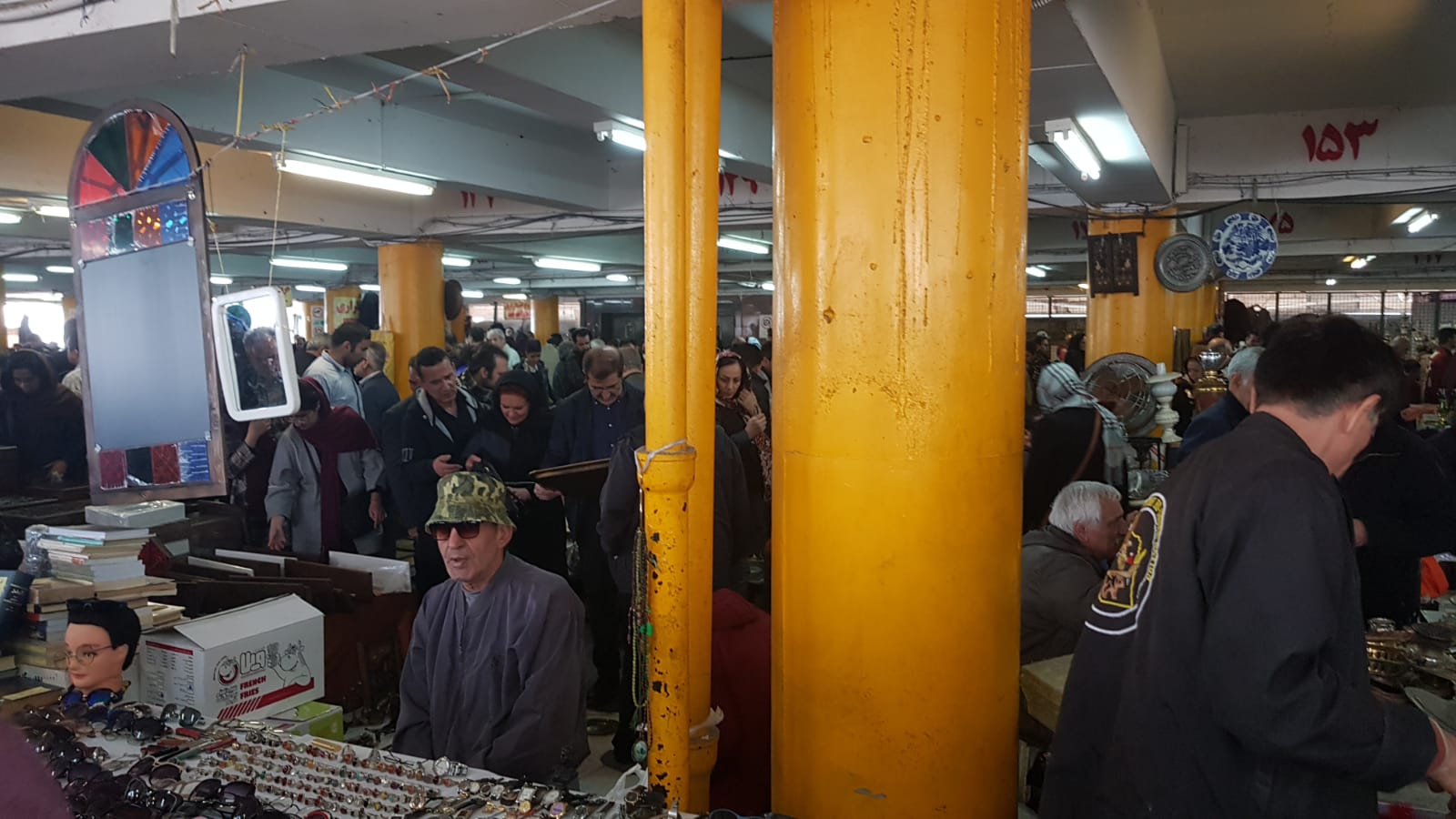
A scene from Jomeh Bazaar.
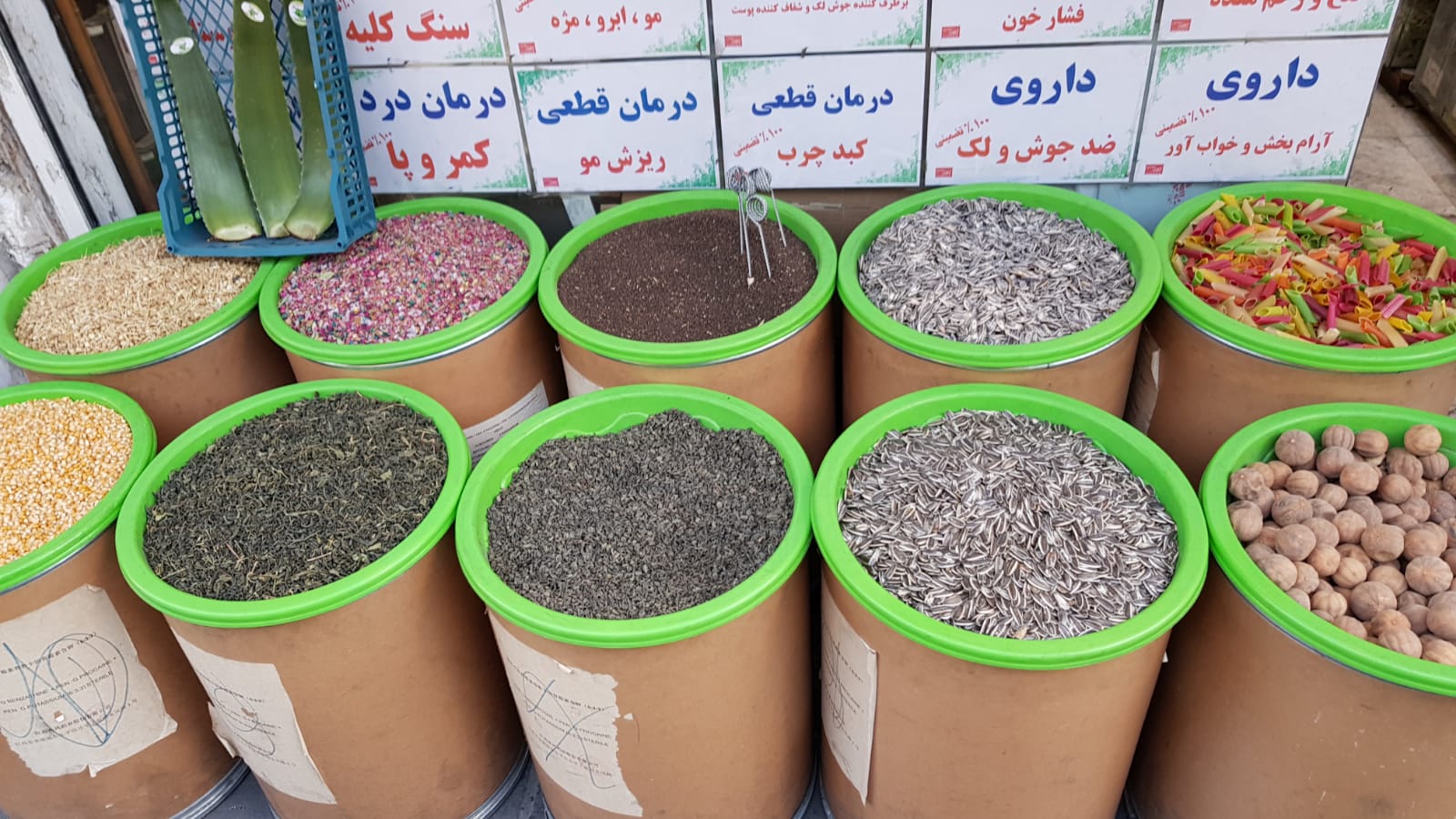
Markets in the country are a riot of colour, with vegetables of all hues and many other products on display. The above are examples of teas, and various herbs, and they are central to Iranian cuisine.

The above is jigar, or lamb’s liver. This dish is a favourite of many Iranians. As the liver is considered one of the vital organs of the body, the term “jigar” is actually also used as a sign of affection when Iranians address one another. For example, grandparents may call their grandchildren “jigar”.
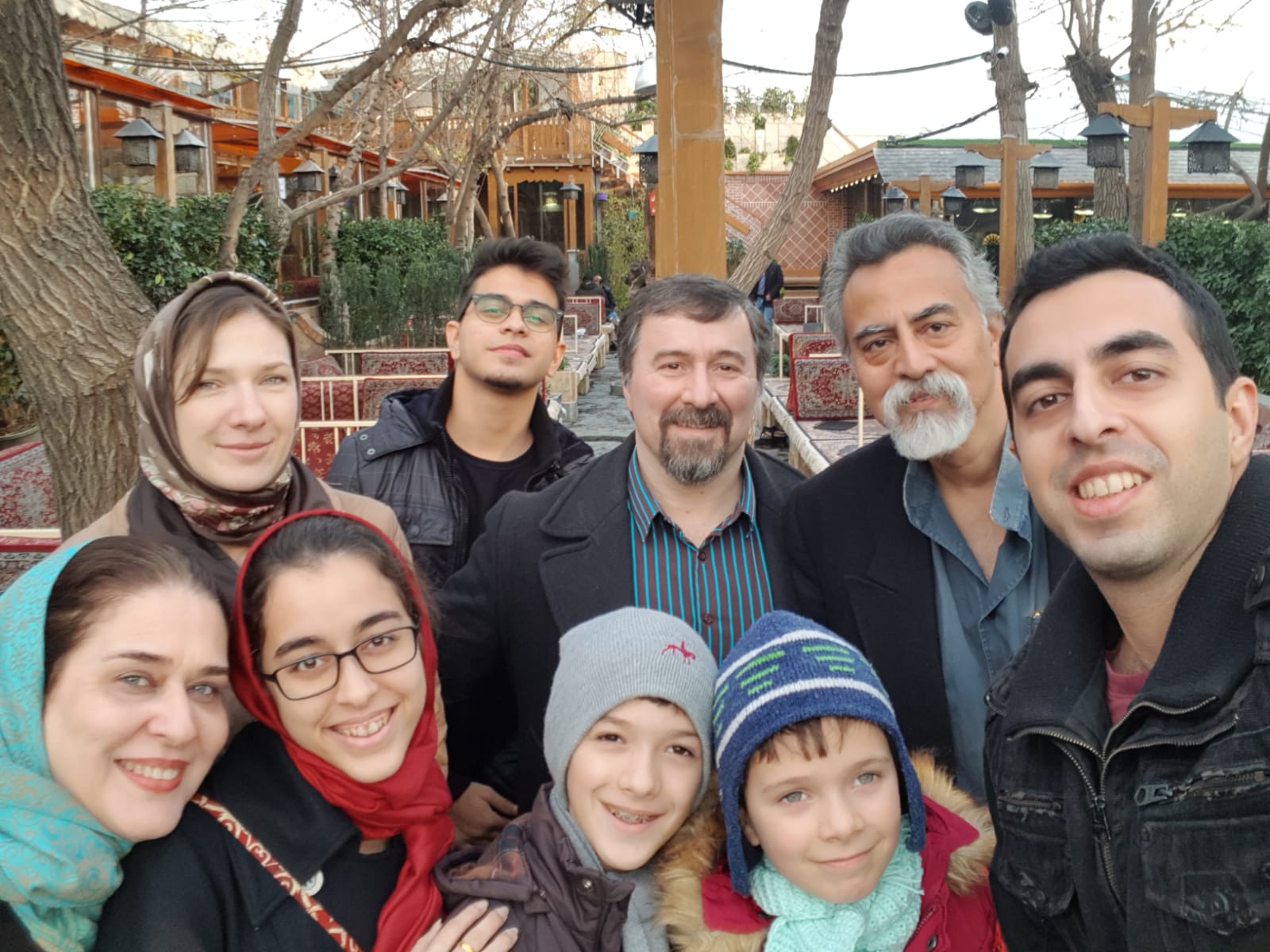
A wefie the writer took with family and family friends at lunch.
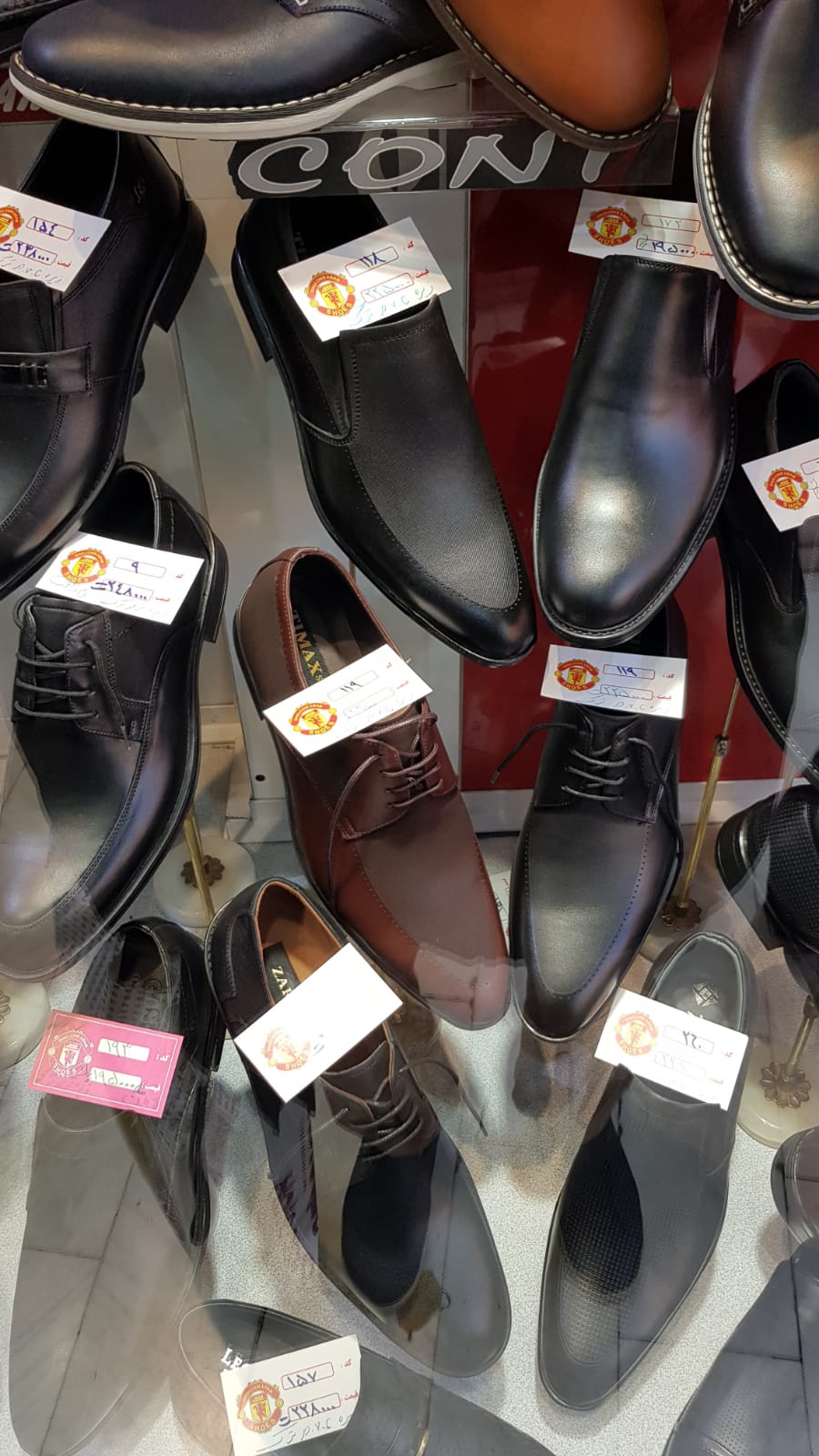
Apparently Manchester United Sells Shoes in Iran. With the sanctions imposed on Iran now, there are still shoppers, though very few, likely fewer than the number the writer saw when he visited the country two years ago. Consumer culture in Iran is, however, still strong.


